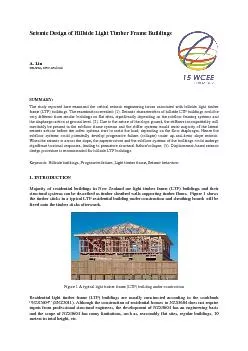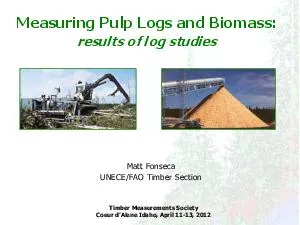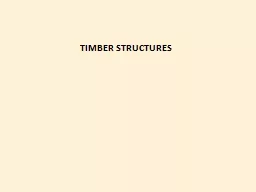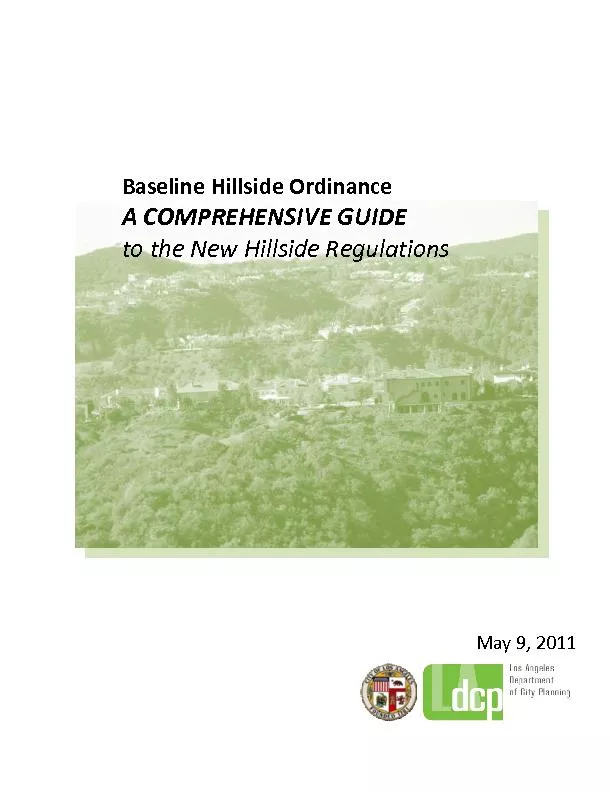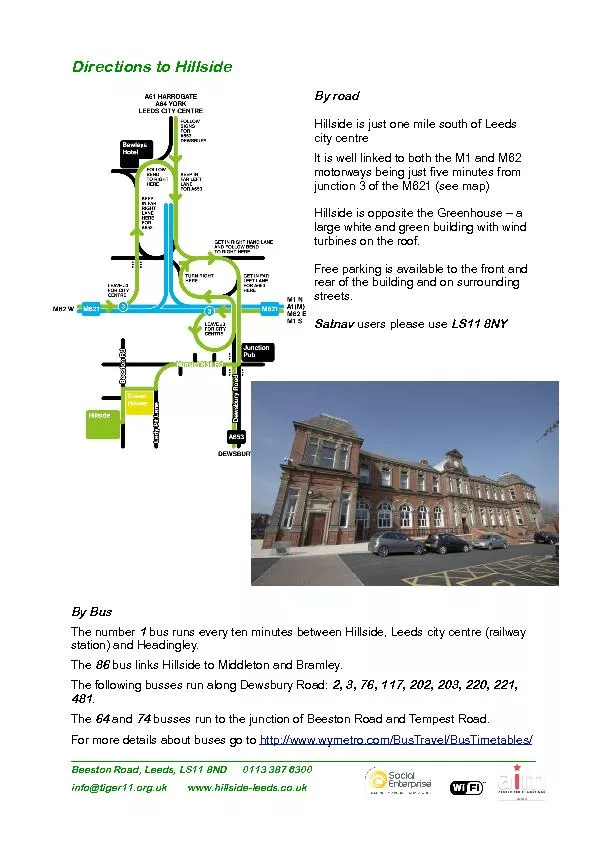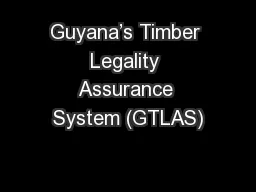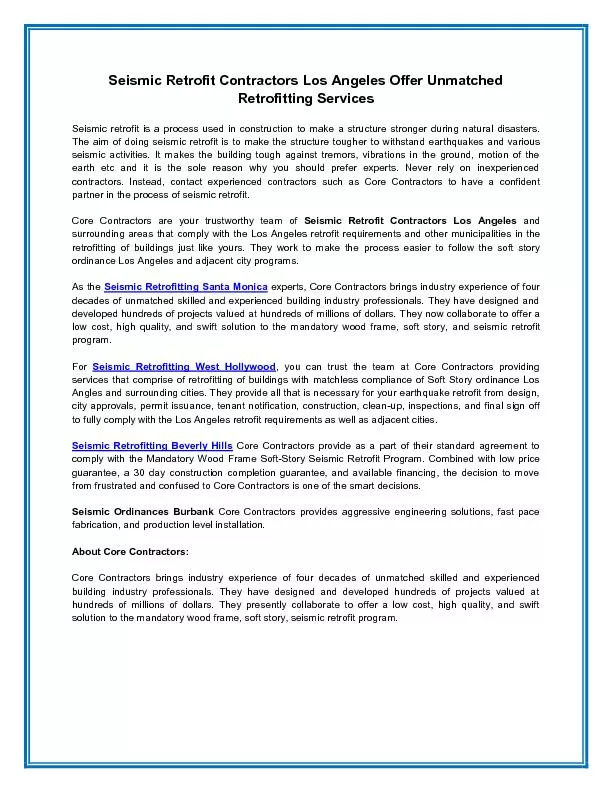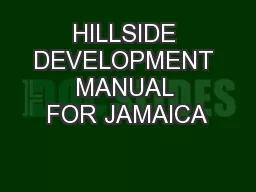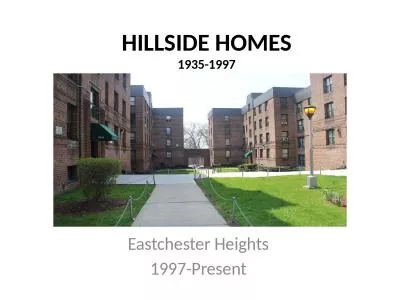PDF-Seismic Design of Hillside Light Timber Frame Buildings
Author : marina-yarberry | Published Date : 2015-08-07
A Liu BRANZ New Zealand SUMMARY The study reported here examined the critical seismic engineering issues associated with hillside l ight timber frame LT F buildings The
Presentation Embed Code
Download Presentation
Download Presentation The PPT/PDF document "Seismic Design of Hillside Light Timber ..." is the property of its rightful owner. Permission is granted to download and print the materials on this website for personal, non-commercial use only, and to display it on your personal computer provided you do not modify the materials and that you retain all copyright notices contained in the materials. By downloading content from our website, you accept the terms of this agreement.
Seismic Design of Hillside Light Timber Frame Buildings: Transcript
Download Rules Of Document
"Seismic Design of Hillside Light Timber Frame Buildings"The content belongs to its owner. You may download and print it for personal use, without modification, and keep all copyright notices. By downloading, you agree to these terms.
Related Documents

